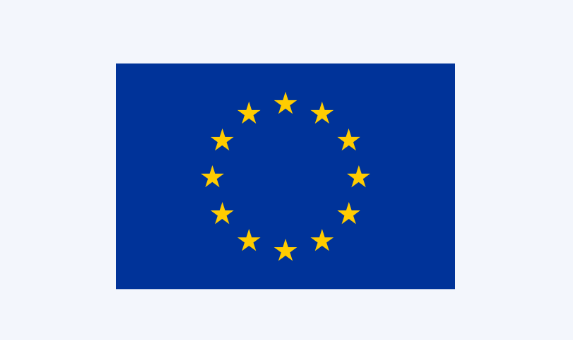


The European Union officially confirmed on Monday that it will exclude Russian and Belarusian fisheries products from the next version of its Autonomous Tariff Quota (ATQ) scheme, including those originating in Russia that are processed in China, which will come into force in January.
The proposals were first made in September, and the current ATQ program is set to expire on Dec. 31. The council unanimously set quotas for certain aquatic products for 2024, 2025 and 2026 on November 27.
The newly adopted regulation aims to ensure that the EU's fish processing industry can continue to source raw materials for further processing from non-EU countries at reduced or duty-free rates.
The EU relies heavily on imports to supply certain fisheries products, as EU fisheries and aquaculture production currently meets only 39% of its needs. In developing the ATQ, consideration was given to its potential impact on EU suppliers in order to ensure fair competition between imported aquatic products and EU products.
Spanish Fisheries Minister Luis Planas Puchades said: "With this regulation, we guarantee the competitiveness of the fish processing industry and the availability of quality processed fisheries products to European consumers at reasonable prices, taking into account the interests of the EU fisheries sector." Agriculture, fishing and food.
"We are doing this just three months after the commission's proposal, ensuring that all stakeholders have legal certainty about the regime that will apply for the next three years."
In recent decades, the EU has become increasingly dependent on imports to meet its demand for fishery products, either because they are not produced in the EU or because they are not produced in sufficient quantities. In order to ensure that the production of aquatic products in the EU is not affected and that there is an adequate supply of aquatic products for its processing industry, the Council has been adopting ATQ.
Tariff quotas are granted only to those products imported into the EU for further processing.
The regulation covers a certain number of aquatic products, and tariffs will be suspended or reduced for a limited number of aquatic products between 2024 and 2026. Tariffs and quantities vary for each product.
Aquatic products originating in Russia and Belarus are confirmed to be excluded
The EU has proposed that under the "end-use" regime, aquatic products originating in Russia and Belarus can no longer enjoy zero tariffs on EU imports.
"In view of the deterioration of EU-Russia relations and in order to ensure consistency with the actions and principles of the EU in the field of external action, it is not appropriate to allow imports from the Russian Federation to be subject to duties. - Products falling within the scope of this regulation shall be disposed of free of charge."
Therefore, aquatic products originating in Russia or Belarus are not subject to tariff quotas. While fish from Russia and Belarus can still be imported into the EU, under the proposal, standard tariffs will now be applied, such as 13.7 percent for Alaskan cod fillets and 12 percent for headless and gutted (H&G) cod.
Similarly, Russian fish entering the EU via China will retain their Russian origin and will therefore no longer be able to be imported under preferential tariffs, but at standard rates. Among the many products that set the ATQ, Alaska cod is one of the most important.
The quota for pollock was set at 340,000 tons. The proposal shows a limit of 110,000 tons for H&G and 50,000 tons for fillets.
According to the latest annual finfish report by the European Association of Fish Processors and Traders (AIPCE-CEP), Russia accounted for 25 percent of the region's cod imports in 2021, totaling about 200,000 tons. Germany is the main importer of Alaskan cod, followed by Poland, France and the Netherlands.
Russia imports about 153,000 tonnes of cod, accounting for 18% of EU cod imports. However, given that most of Russia's white salmon goes to China for processing before entering the EU, the figure is actually much larger. According to AIPCE, more than 95 percent of Alaskan pollock imports from China originate in Russia.
"In view of the deterioration in EU-Russia relations and in order to ensure consistency with the EU's position on external action, the Council has decided not to allow duty-free treatment or most-favored-nation treatment for aquatic products originating in Russia."
In addition, due to the deterioration of relations between the EU and Belarus in recent years, and due to Belarus' widespread support for Russia's war of aggression in Ukraine, the Council also decided to exclude Belarusian aquatic products from the scope of regulation.
The regulation will enter into force 20 days after its publication in the Official Journal of the European Union between January 1, 2024 and December 31, 2026.
The tariff quotas are administered by the Commission and the Member States in accordance with the current tariff quota management system and operate on a first-come, first-served basis.
Need help or have a question?
Send mail